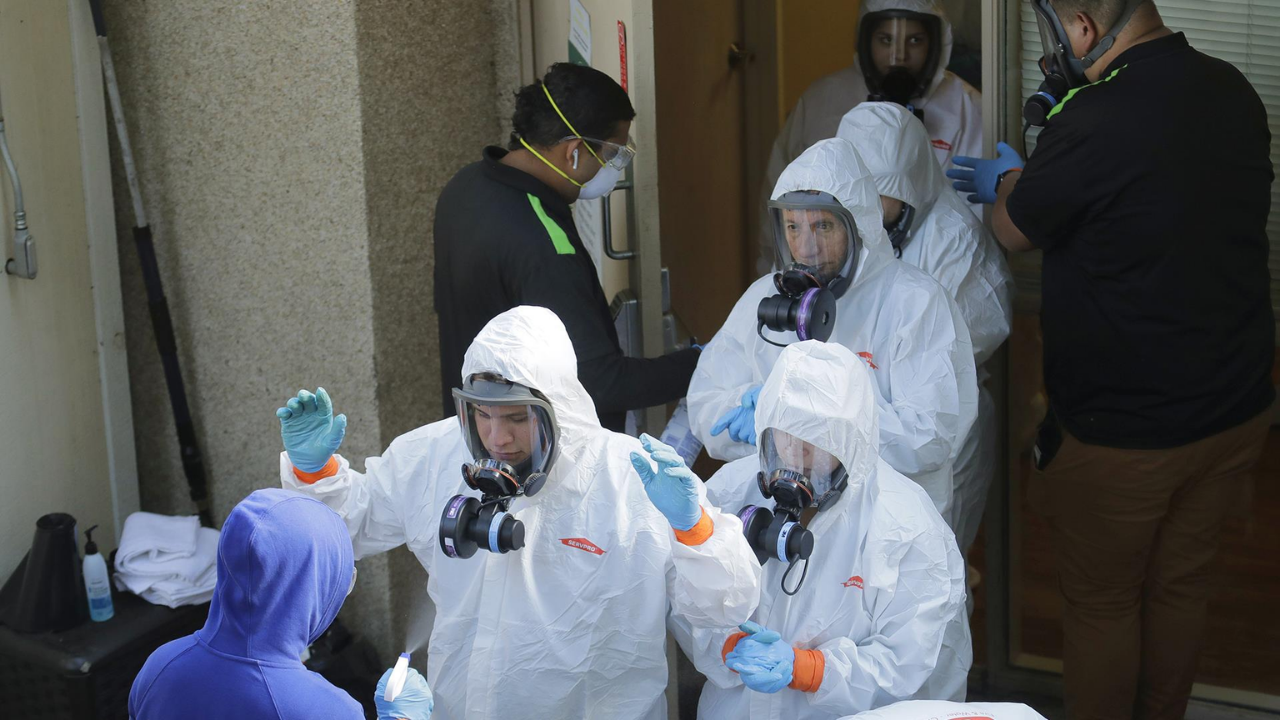
In November 2025, North America experienced a startling resurgence of measles, a disease thought to be nearly eradicated from the region.
Over 12,500 cases have been reported across Canada, the U.S., and Mexico, with Canada losing its measles-free status.
Health officials are scrambling to contain the outbreak, raising alarm over gaps in vaccine coverage and the effectiveness of current disease control measures. What sparked this sudden spike in cases, and what does it mean for global health efforts moving forward?
Americas in Crisis: 30-Fold Case Explosion
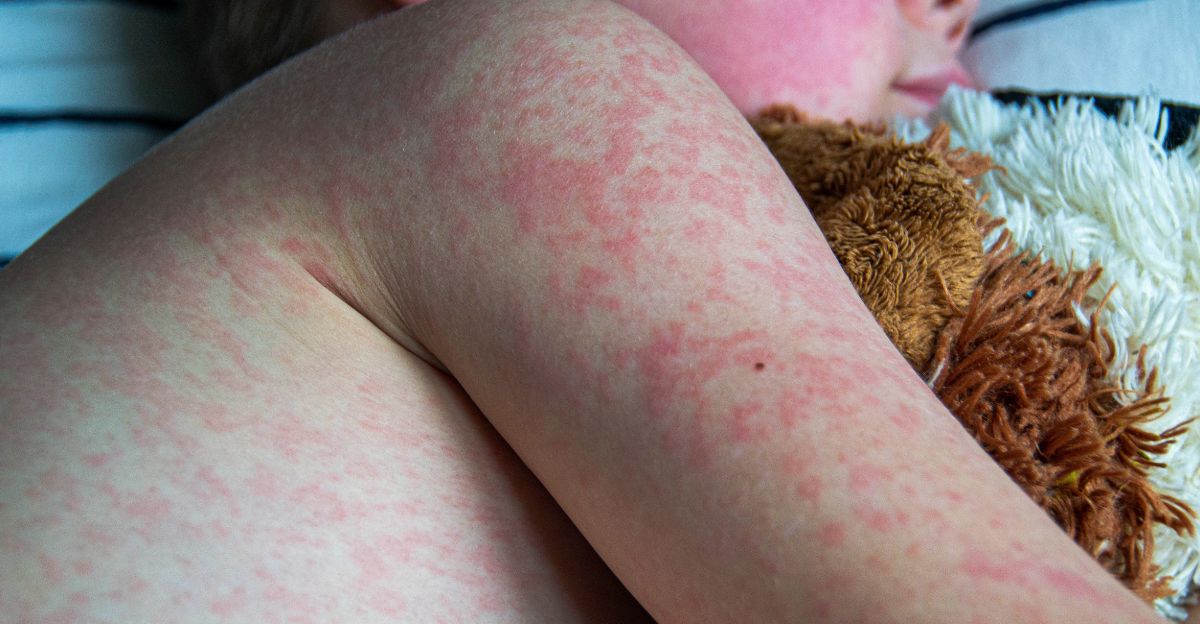
The Americas reported 12,593 confirmed measles cases across 10 countries as of November 7, 2025—a staggering 3,000% increase compared to 2024. Data from this period represents the most recent PAHO regional count.
Ninety-five percent of cases concentrated in Canada (5,138), Mexico (~4,000), and the U.S. (1,681). Mexico suffered 23 deaths, with 93% of cases in Chihuahua state.
The U.S. outbreak began in January 2025 in West Texas, spreading to 41 states—the highest case count in 33 years. The region now accounts for 7.5% of global measles cases.
33-Year Record Shattered

The U.S. recorded 1,681 measles cases across 41 states in 2025—its highest count since 1992, marking a 33-year record. Three deaths confirmed, including two girls in Gaines County, Texas.
Seventy-seven percent of U.S. counties have reported declines in vaccination rates since 2019, with 82% of states now affected.
The outbreak, originating in West Texas in January, spread rapidly across the nation. This resurgence represents the first major U.S. measles crisis in three decades.
Mexico: Disproportionate Deaths and Indigenous Impact
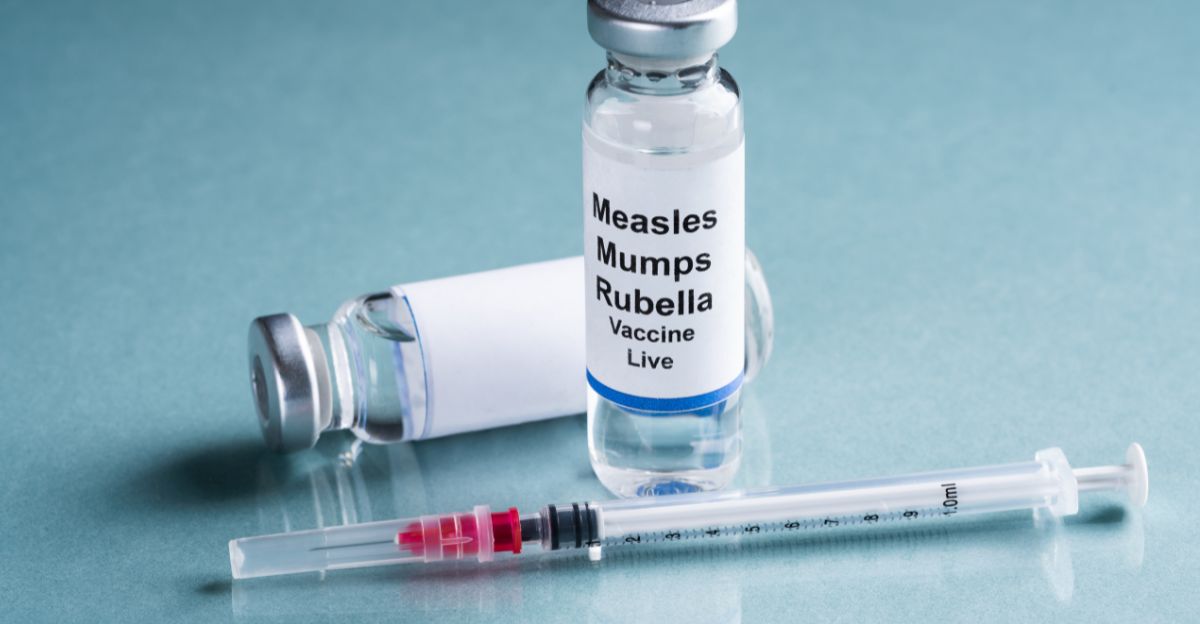
Mexico reported nearly 4,000 measles cases since February 2025, with 23 confirmed deaths—the region’s highest mortality toll. Ninety-three percent of cases concentrated in Chihuahua state, indicating severe geographic clustering.
Indigenous communities faced disproportionate impact, with indigenous individuals comprising the majority of fatalities.
The outbreak severely strained Mexico’s health infrastructure in rural and border regions. These deaths underscore the vulnerability of underserved populations and gaps in vaccination coverage.
Why Now? Vaccination Coverage Collapse

The PAHO region achieved an average vaccination coverage of just 79% for MMR in 2024—well below the 95% threshold required for herd immunity. Seventy-seven percent of U.S. counties reported declines in vaccination rates since 2019, indicating a systemic erosion of immunization programs.
This widespread coverage gap left approximately 21% of America’s children unprotected against the world’s most contagious virus.
Declining vaccination rates directly enabled sustained transmission across borders and populations. Recovery requires urgent intervention to restore confidence in immunization and access.
Transmission and Contagion

Measles is the most contagious virus known, with an R0 value of 12–18, meaning that one infected person can infect 12–18 unvaccinated individuals.
Viral particles linger in the air for up to two hours after an infected person departs, creating invisible transmission zones.
With 5,138 Canadian cases, potential exposure could exceed 60,000–90,000 people without containment. Canada’s outbreak alone demonstrates how rapidly measles spreads in areas with low vaccination rates. Understanding this transmission power underscores the urgency of vaccination efforts.
Measles Kills Before Birth
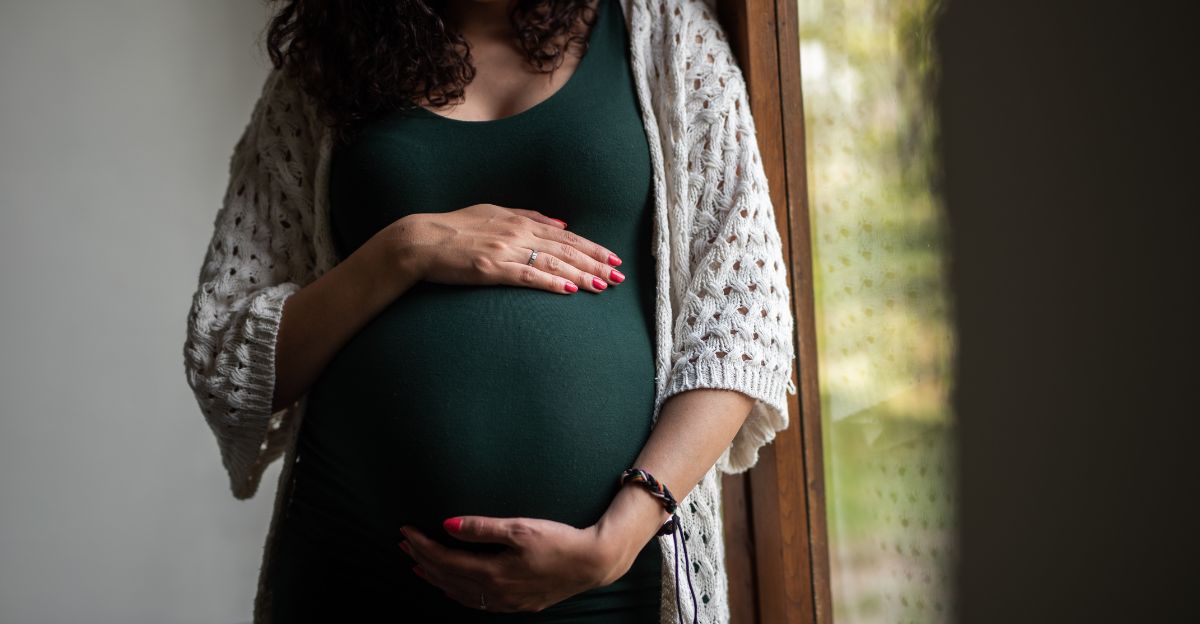
Two preterm infants died in Canada after being infected in utero, contracting measles before birth. These congenital infections highlight measles’s capacity to penetrate maternal barriers and devastate the most vulnerable.
Unvaccinated pregnant women exposed to measles face elevated miscarriage and preterm birth risks. These deaths represent a tragic dimension of low vaccination coverage: disease striking before life begins.
The loss underscores the importance of herd immunity, which protects even the unvaccinated through community coverage.
The Texas Tragedy

Two girls, ages 6 and 8, died from measles in Gaines County, Texas—both were unvaccinated. A third death, an unvaccinated adult, occurred in New Mexico,
These pediatric deaths mark the first measles-related child deaths in the U.S. in over a decade. Texas emerged as a measles epicenter, reflecting broader vaccination coverage gaps in the Southwest region.
The deaths galvanized public health response efforts but also highlighted prevention failures in vulnerable communities.
PAHO’s Urgent Call

PAHO Director Jarbas Barbosa declared the loss “a setback, but also reversible,” signaling cautious optimism while acknowledging gravity. PAHO warned that both the U.S. and Mexico face elimination-status reviews in January 2026—a critical deadline.
Officials nationwide have called for urgent vaccination campaigns and policy reforms to prevent further losses of elimination status.
Health leadership emphasized that recovery is achievable but requires immediate, sustained intervention. The January 2026 reviews create a compressed timeline for regional measles containment efforts.
The 77% County Collapse

Seventy-seven percent of U.S. counties reported declines in measles vaccination rates since 2019, affecting approximately 2,387 counties nationwide.
This simultaneous decline across counties suggests systematic erosion rather than isolated pockets of resistance. Vaccination rate declines preceded the 2025 outbreak, creating the conditions for rapid disease spread.
Counties with the steepest declines experienced the most severe outbreaks. Reversing this nationwide trend requires targeted county-level vaccination recovery initiatives.
Exponential Nightmare Unfolding

With measles’s R0 of 12–18, one infected person exponentially generates dozens of new cases. Canada’s 5,138 cases represent potentially 60,000–90,000 exposed individuals if transmission remains uncontained.
The U.S. outbreak, which has spread across 41 states, reflects this exponential spread pattern. Even modest reductions in vaccination coverage dramatically accelerate contagion chains.
Understanding exponential growth underscores why vaccination rates above 95% prove critical—small coverage gaps enable catastrophic spread.
No Region Safe

Forty-one of 50 U.S. states (82%) reported measles cases in 2025, indicating nationwide geographic dispersion. Mexico concentrated 93% of cases in Chihuahua, yet cases appeared in other states.
Canada’s outbreak originated in New Brunswick but has since spread across the provinces. Border regions experienced particularly severe outbreaks.
The geographic breadth demonstrates measles’s rapid ability to cross borders and spread across states. No region remained unaffected by outbreak risk, regardless of local vaccination rates.
First Elimination Status Reversal in Decades

Canada became the first country in the Americas to lose its measles elimination status since the COVID-19 pandemic. The U.S. achieved elimination status in 2000; Mexico’s status remains pending the January 2026 review.
Measles elimination status, achieved only through sustained vaccination coverage above 95%, represents an extraordinary public health achievement.
Its loss reflects a profound civilizational regression—reversing three decades of progress in 365 days. Both the U.S. and Mexico now face imminent January 2026 review status eliminations.
Americas Becomes a Measles Hotspot
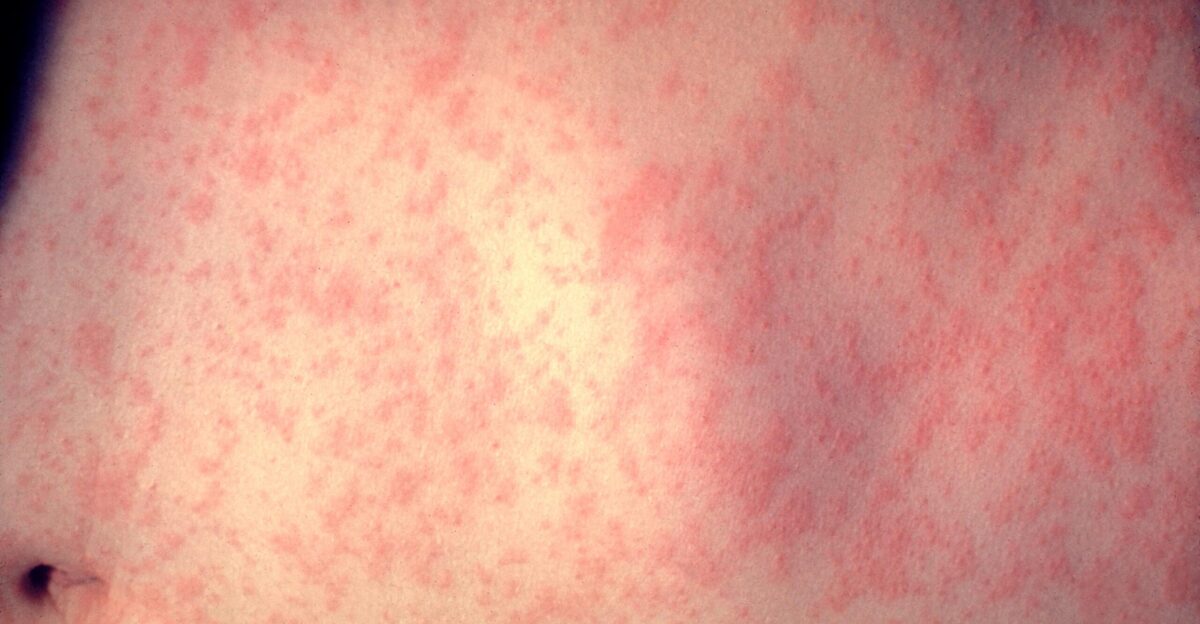
The Americas now account for 7.5% of global measles cases, despite representing a smaller percentage of the global population. This disproportionate burden reflects the region’s decline in vaccination coverage compared to other continents. The
Middle East and South Asia regions previously dominated global measles epidemiology; the Americas’ surge signals a dramatic regional shift.
International travel and trade implications intensify as the outbreak epicenter relocates westward. Global health officials increasingly scrutinize the Americas for outbreak containment.
Air Transmission and Persistence

Measles particles remain viable in the air for up to two hours after an infected person departs—creating invisible transmission zones. This persistence distinguishes measles from most respiratory viruses and demands heightened precautions.
Exposure in healthcare settings, schools, and public transport poses a particular risk. The virus’s persistence explains rapid community spread even with reduced contact.
Understanding the transmission characteristics of measles emphasizes why vaccination—not isolation—provides primary protection.
Only Smallpox Eradicated

Measles remains uncontained globally, despite vaccines having existed since 1963—over 60 years of available prevention. Smallpox stands as history’s only eradicated viral disease.
Measles persists because vaccination rates remain below the threshold in many regions. The contrast highlights that vaccine availability alone cannot guarantee disease control—sustained population acceptance and coverage prove essential.
The 2025 outbreak demonstrates that vaccine availability without uptake yields no protection. Global measles eradication remains theoretically possible but practically distant.
Infant Vulnerability: The Womb Offers No Sanctuary
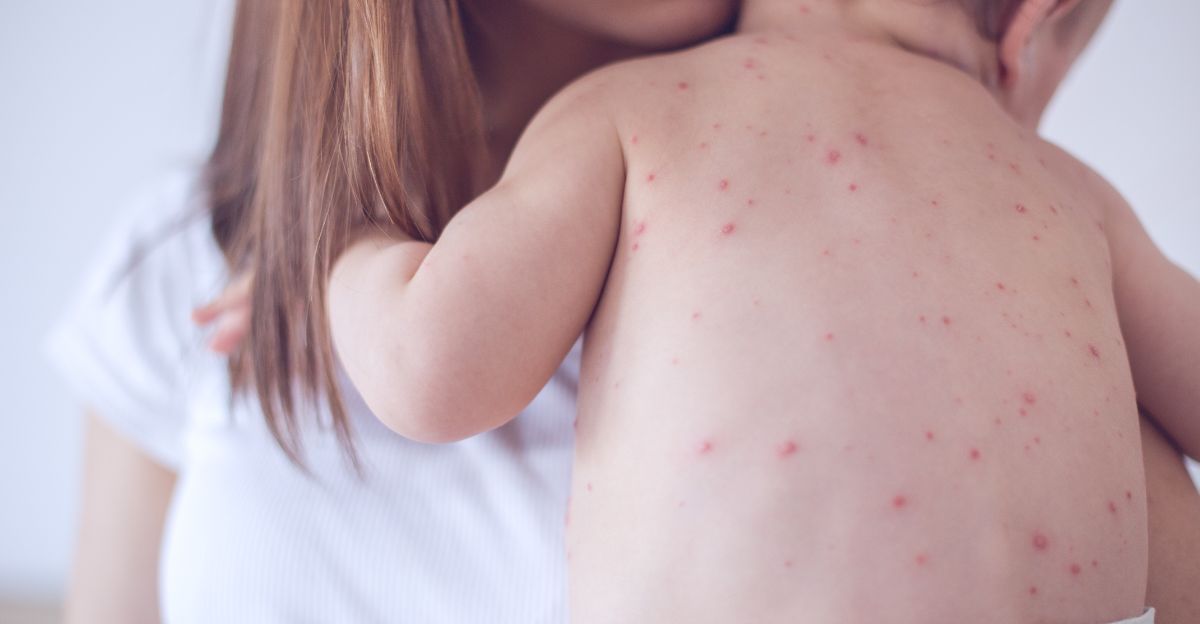
Measles can penetrate maternal barriers and infect fetuses, causing congenital infection and tragic outcomes. The two Canadian infant deaths illustrate measles’s capacity to strike before birth even begins.
Unvaccinated pregnant women exposed to measles face elevated miscarriage, premature delivery, and congenital infection risks.
Vaccination before pregnancy provides critical protection—a prevention opportunity foreclosed in these tragic cases. Maternal measles vaccination represents a frontline defense for the most vulnerable population segment.
School Communities at Risk: Outbreak Hotspots

Schools in affected regions experienced measles outbreaks, with unvaccinated student populations serving as vectors of transmission. Two school-aged children in Texas died, highlighting risks within educational settings.
Classroom environments—high-density, sustained-contact spaces—facilitate the rapid spread of measles. School-based outbreak response required temporary closures, remote learning transitions, and accelerated vaccination campaigns.
Educational disruption cascaded into childcare challenges, work absenteeism, and economic impacts. Schools became both sites of outbreaks and vaccination intervention points.
January 2026 Elimination Reviews

The U.S. and Mexico face critical measles elimination-status reviews in January 2026—just months away. Both nations must demonstrate sustained disease control and vaccination coverage gains to retain or regain elimination status.
PAHO’s compressed timeline creates urgency for immediate vaccination campaigns and outbreak containment. Success requires rapid coordinated action across federal, state, and local health agencies.
Failure risks additional elimination-status losses and international scrutiny of Americas public health capacity.
Recovery Remains Possible
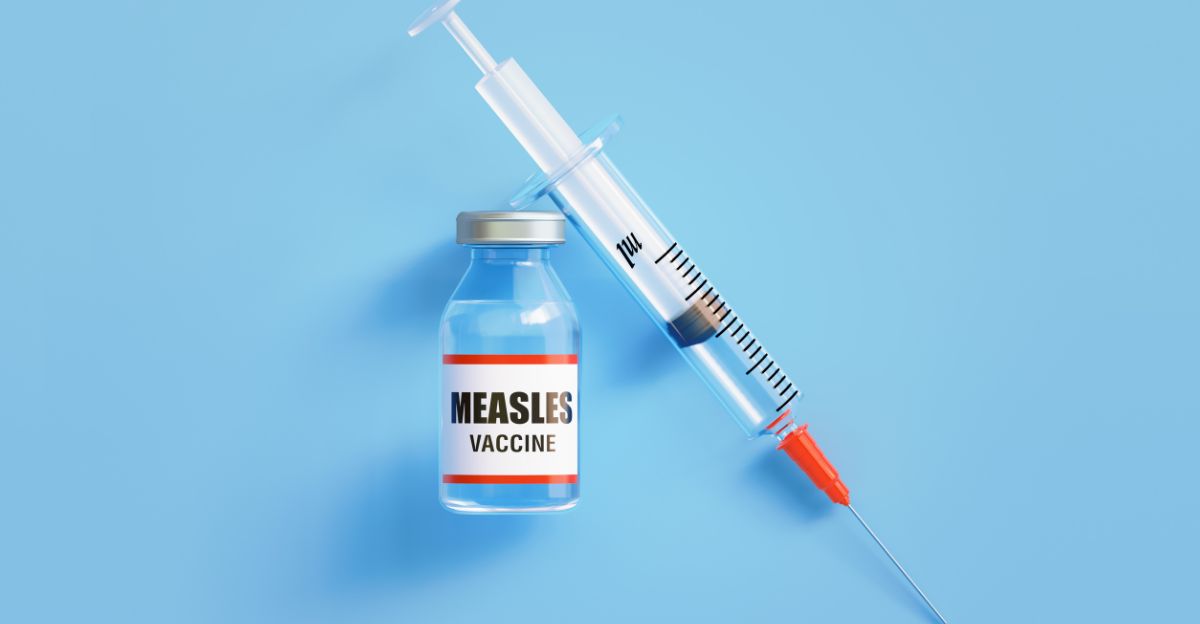
Officials emphasize that the measles elimination status, once lost, can be recovered through sustained vaccination efforts and effective outbreak control. PAHO Director Barbosa declared the setback “reversible” with appropriate intervention.
Mass vaccination campaigns, targeted outreach to vaccine-hesitant communities, and enhanced surveillance are underway across affected regions.
Restoring public trust in vaccines and increasing MMR coverage to 95% or higher represent the critical recovery pathway. The Americas face a definitive choice: either rebuild their vaccination infrastructure or risk repeated losses of elimination status.